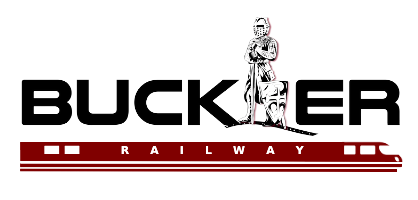Design criteria of rail fastening system
There are strict criteria on producing rail fastening system; this is because the safety of rail road can’t be compromised. We should consider the features of rail fastening system and then produce the most reliable finished products.
- Rail clamping force. Clamping forces may be difference according to different kinds of fastening system and customer requirements. Generally, most fastening systems offer a clamping force between 7.5 to 12.5 KN with deflections of the clips toe between 10 and 15mm. According to European standards, for most main line railroad track the minimum force to push the rail through the fastening system is 7kN and 9 KN for high speed rail and heavy freight lines.
- Anchor/shoulder. The shoulder/anchor is quite important in fastening system. It has to withstand the impact of loads and vibration transmitted to the sleeper under the circumstances of protecting the sleeper from breaking or getting loose. Based on the European standard, all the parts of fastening should be able to withstand a 60KN pullout force without breaking the sleeper.
- Insulator. In order to stop the wearing of other fastening components, insulator is necessary, it works as a cushion. So the materials must be resistant to wear, can attack form chemical and can degrade from ultra violet light. As the change of nature of the signaling and electrical systems, the requirements of insulator are different.
- Rail pads. Sometimes, there is heavy burden in the rail and the bad joints, track irregularities and faults in rolling stock can strength the load. In order to solve the problem, rail pads can come into play. Usually, the rail pad is made of rubber with 10 mm thick, and is a plastic such as EVA between 5 mm and 10 mm thick. The typical stiffness of the pad is in the rang 40-450 kN/mm and the 5 mm plastic pad can offer stiffness as high up to 6000 kN/mm.
Buckler Railways rail fastening systems
Buckler Railway is designer, producer and exporter of cost-saving resilient rail fastening systems for various types of track lines and traffic conditions. It supplies safe and reliable fastening systems with high tensioning force and creep resistance to effectively protect the rail against tilting. The fastening system range includes both those for ballasted and slab tracks under various conditions, from heavy haul to subway to high speed rails as well as urban rail lines.
Building on over 50 years’ experience and solutions for global end users, our fasteners are well used to ensure the rail track maintaining same properties all the time, especially the tension clamps with super dynamic fatigue strength and holding force to guarantee the safe operation of the rails even under special conditions, which lower the maintenance cost and frequency for the end users.




